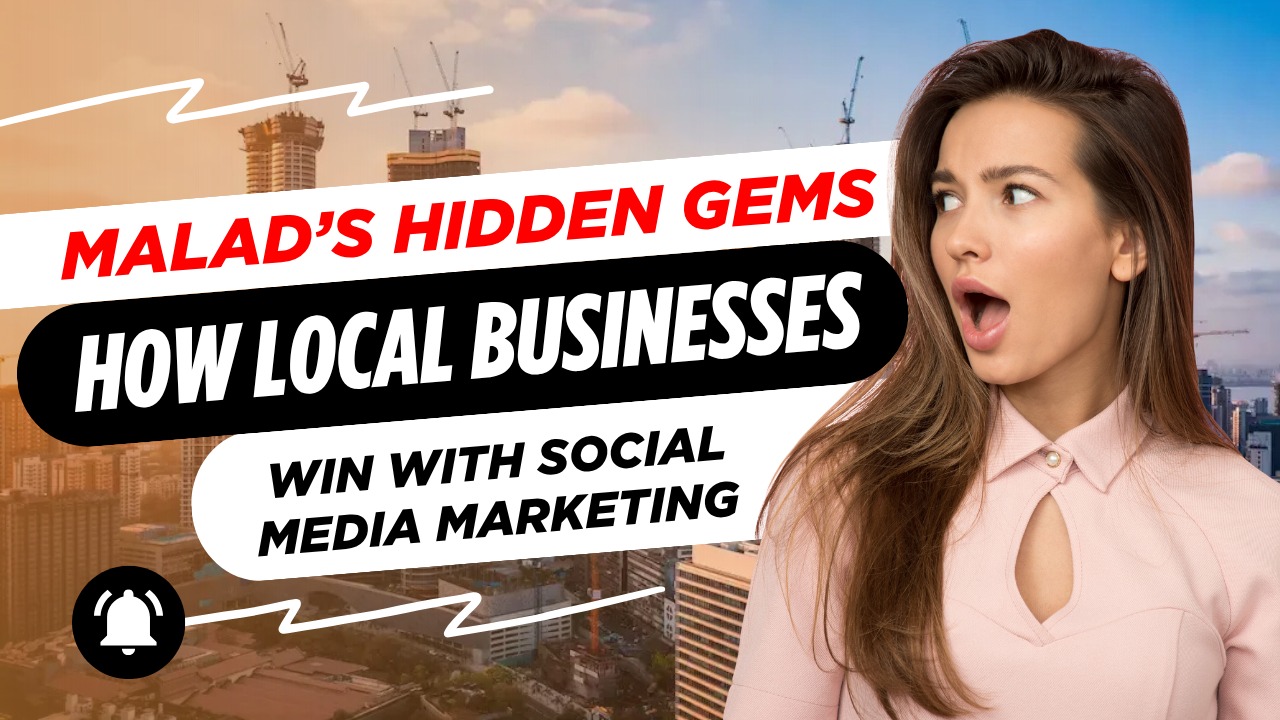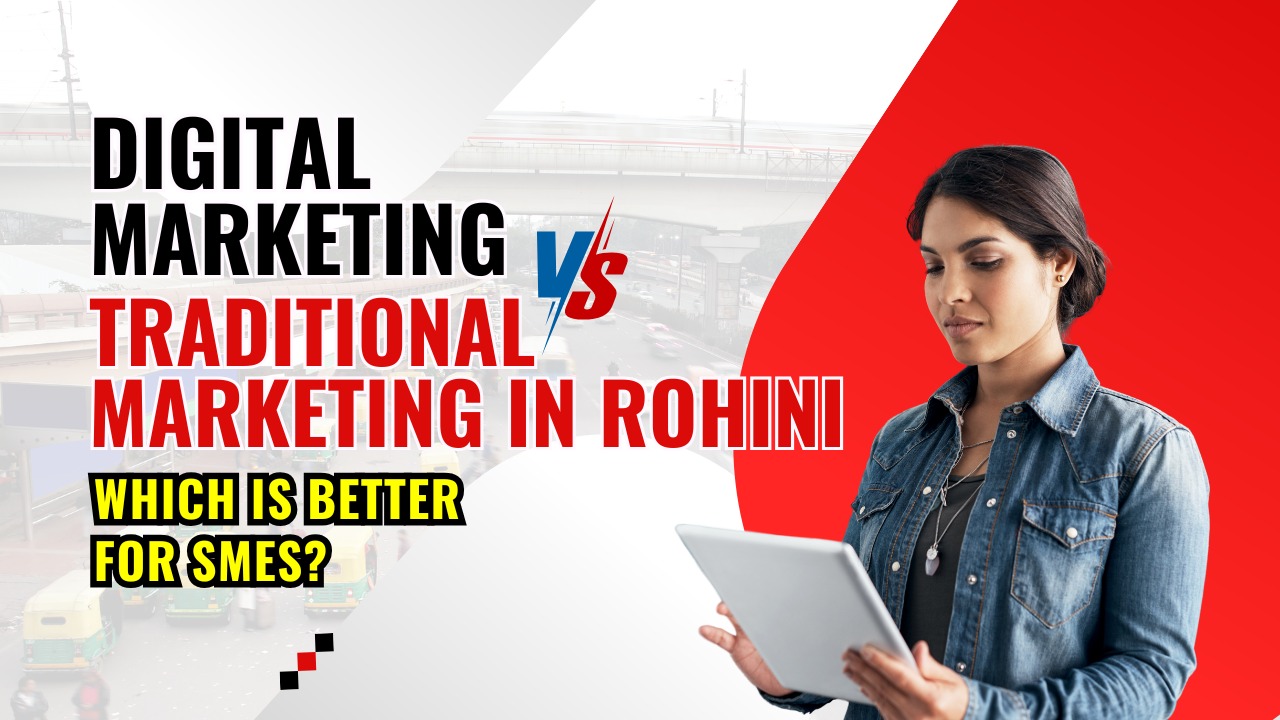If you run a business and think of online advertising then trying to figure out where to invest your ad budget is quite a task. You must have faced this Google Ads vs Meta Ads dilemma which one can truly deliver you a better ROI because both platforms dominate the digital advertising space. Google Ads can help you to reach massive and high-intent customers whereas Meta Ads (Facebook & Instagram) can provide you with detailed audience targeting with more engagement.
So, which one is suitable for you and can deliver better results to your business? The answer is not simple but it depends on your business goals, target audience, and ad strategy. In this detailed breakdown, we’ll compare Google Ads and Meta Ads in terms of reach, targeting, cost, and ROI so you can go with whichever option is suitable for your brand.
Understanding Google Ads and Meta Ads
Before we do the comparison, we will first separately elaborate on what each platform offers.
Google Ads: The King of Search Intent
Google Ads is a kind of advertising platform that operates on a pay-per-click (PPC) model which means that you have to pay only when someone clicks on your ad. These ads appear on Google Search, YouTube, Display Network, and other Google’s partner sites. Many businesses nowadays are using Google Ads to capture high-intent customers that are actively searching for your products or services.
Example: Imagine you own a bakery and someone searches for “best chocolate cake near me.” Now if you’re running Google Ads then your bakery’s ad could appear right at the top of search results. This can lead to instant customer visits.
Key Features of Google Ads:
- Keyword-based targeting
- Search, Display, Shopping, and Video Ads
- High-intent audience
- Performance-based bidding strategies
- Ideal for lead generation and direct conversions
Meta Ads: The Power of Social Engagement
In Meta Ads (which include Facebook and Instagram Ads) you can focus more on your audience’s behavior, interests, and demographics rather than direct search intent just like in Google Ads. You can easily integrate these ads into a user’s feed, stories, and even reels and make them highly engaging.
Example: If someone follows multiple fitness pages on Facebook or Instagram then Meta may show them an ad for gym apparel, even if that user was not actively searching for that apparel.
Key Features of Meta Ads:
- Interest and behavior-based targeting
- Various ad formats: images, videos, carousels, etc.
- Strong retargeting capabilities
- Perfect for brand awareness and engagement
- Lower CPC (Cost Per Click) as compared to Google Ads
So both platforms work differently but each has its own advantages. Now, let’s compare them side by side.
Google Ads vs Meta Ads: ROI Breakdown
Now that we understand how these platforms work, let’s start analyzing them based on various factors that affect ROI.
1. Cost & Bidding Model
A major factor when picking between Google Ads vs Meta Ads is how much they will require you to spend.
✅ Google Ads: It uses CPC (Cost Per Click) and CPM (Cost Per Thousand Impressions). In this system, highly competitive keywords (like insurance and legal services) can have a high cost, at times reaching $50 for a single click.
✅ Meta Ads: Ads here are often less costly when they are put next to Google’s (typically $0.50–$5 per click). A campaign that is well-optimized can achieve clicks for around $0.50-$2. They function well for objectives based on interaction.
Verdict: If you run ads for your high-ticket business (for example, real estate or B2B services), Google Ads may give a better return. If your aim involves brand awareness & engagement, Meta Ads offer a more cost-effective alternative.
2. Audience Targeting
✅ Google Ads: This Ad system provides focused, keyword-driven methods that connect with your target demographic according to what they are searching. This relates to people who are actively searching some certain products or services. It lets you reach across the whole Google system, such as YouTube and Gmail.
✅ Meta Ads: It makes use of Fb and Instagram user’s data. This allows targeting audiences based on their interests and actions. It gives the option to re-engage your website users, in addition to social media users, through specific audiences, thus growing the possibility of sales.
Verdict: When the aim involves getting the attention of users prepared to make a purchase, Google Ads gives a greater result. If one wants to raise awareness of your brand and develop audience involvement gradually, Meta Ads provides great results!
3. Conversion Rates
✅ Google Ads: Running ads on Google’s platform often leads to more conversions because of high intent but they can also cost a lot sometimes. So if your business offers services, you might find search ads very effective.
✅ Meta Ads: Meta Ads provide traffic that is less expensive and aid in creating awareness of a brand for a long period. A solid creative strategy is needed to involve and change users. An E-commerce business can gain advantages from ads on the platform that retarget.
Final Verdict: When immediate conversions and traffic showing high intent are desired, it is better to use Google Ads. But when traffic that is affordable and more user engagement are priorities, the best option may be Meta Ads.
4. Ad Formats & Creativity
✅ Google Ads: These ads are limited to text-based search ads, display banners, shopping, and video/YouTube ads.
✅ Meta Ads: Offers a variety of creative formats, including carousels, stories, interactive Reels, image & video, and messenger ads.
Verdict: Meta Ads provide more flexibility if you want visually appealing ads with high engagement. If you’re aiming for traffic via specific ad formats, Google Ads is the option.
5. Retargeting & Customer Journey
✅ Google Ads: It is possible to target a large number of people by means of Google Display Network and YouTube. This is effective if your goal is to prompt possible buyers to recall your brand as they check online content.
✅ Meta Ads: Meta Ads are excellent at retargeting since they allow you to reconnect with past individuals across Facebook, Instagram as well as Messenger. And you can engage your users across multiple touchpoints.
Verdict: In the case that a wide scope across different websites and video services is what you seek, Google Ads represents a sound option. If a better connection and a robust funnel for remarketing are what you are after, choosing Meta Ads is an option.
So, Which One Should You Choose for Maximum ROI?
If you still want to know which will bring you better ROI when it comes to Google ads vs Meta ads then know that the answer depends on your business type and goals!
Choose Google Ads if:
- You want immediate conversions from users searching for your products/services
- You’re in a competitive industry with high search demand
- You have a higher budget and want direct ROI
Choose Meta Ads if:
- You want to build brand awareness and engage users before they search
- You have a visually appealing product (fashion, beauty, lifestyle, etc.)
- You want cost-effective marketing with a lower ad spend
Pro Tip: Use Both for the Best Results!
Rather than selecting one option, a mix of Google Ads and Meta Ads might provide the most benefit. Here is how it can work for you:
- Use Google Ads for high-intent keywords: Attract customers in the buying stage.
- Use Meta Ads to nurture & engage: Retarget to create recognition.
- Leverage both platforms for retargeting: Display Meta Ads to those who clicked your Google Ad but did not finish the purchase.
This mixed plan makes sure of a broad view, with a complete marketing channel.
In the discussion between Google Ads vs Meta Ads, there is no single path to take. Everything rests on the targets! For speedy sales use Google Ads. To achieve stronger involvement, Meta Ads will serve you better. Should the greatest return be the aim, then bring them into one campaign!
Have you ever compared Google Ads vs Meta Ads while using them for your business before? If so, which one worked better for you? Drop your thoughts in the comments!
Also Read – SEO vs Google Ads: Which One is Right for Your Business?












